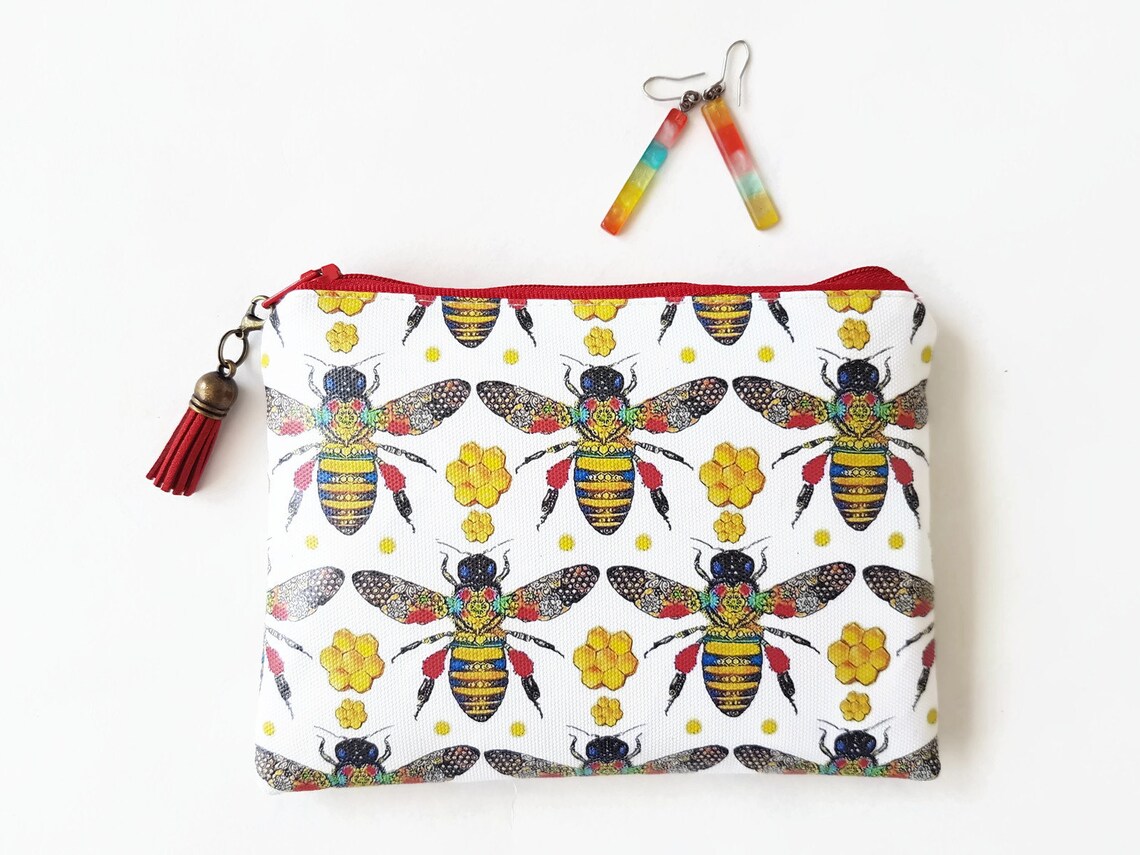
Those numbers don’t even include wild honeybee colonies. “These are often regional, spotty, and in no way mean that all the commercially managed honeybee colonies in the US routinely and steadily drop by 30 percent each year.” “I know we keep hearing about annual losses of 20 to 30 percent,” said Stephen Buchmann, a pollination ecologist specializing in bees and an adjunct professor at the University of Arizona.
Globally, honeybees have increased by 30 percent since 2000, according to the Food and Agriculture Organization of the United Nations. After that, honeybee populations experienced sporadic disappearances over the last century, before hitting a 20-year high in 2015. The dwindling colonies were blamed on lack of pollen or particularly hot summers. The first case of honeybees mysteriously vanishing in large numbers was recorded in the late 1800s in Colorado, when it was called “disappearing disease,” long before synthetic pesticides were the norm. In fact, she added, “the number of honeybees in the world has been steadily increasing in the past few decades.” “As a species, the honeybee is not in danger of going extinct or suffering major declines,” she told The Post. Manu Saunders, an entomologist and professor at the University of New England in Australia, agrees that the media created a dystopian bee hysteria. (Beekeepers Association president Coté provided the bee featured on that infamous Time cover, but he was never quoted in the story.)

The media had a field day, publishing warnings about an inevitable “bee-maggedon” or “bee-pocalypse” posing a “threat to our food supply.” It culminated in a 2013 cover story from Time magazine, with the fearmongering headline: “A World Without Bees: The Price We’ll Pay If We Don’t Figure Out What’s Killing the Honeybee.”Īngelina Jolie appeared on the cover of National Geographic in May covered in a bee swarm. There was even speculation that radiation from cellphones was responsible. Some blamed pesticides and genetically modified crops, others pointed to parasitic Varroa mites or climate change.

Some noted they’d seen 90 percent of their bees die or simply vanish in a single winter.ĭubbed “Colony Collapse Disorder,” experts could find no reason for the problem. The idea that honeybees are endangered started in 2006, when commercial beekeepers raised the alarm that their colonies were dropping fast. “But it’s more titillating to shout that the sky is falling than to understand the real story.” “We are not headed for a world without bees,” he told The Post. Wendee and Aaron Dodds raise backyard bees in Ohio - out of concern for the pollinators. Last May, Angelina Jolie was photographed by National Geographic covered in a bee swarm, next to a headline declaring that the actress “embraces bees - and female beekeepers as environmental guardians.” Today, more than 2.98 million honeybee colonies are currently registered in the United States, according to the US Department of Agriculture - up from 2.35 million colonies in 2002.īut Andrew Coté, president of the New York City Beekeepers Association, said the fear of a honeybee apocalypse is misplaced. Many are spurred on by celebrities creating the “buzz.” Beyoncé, in the cover story of this month’s Harper’s Bazaar, brags about the honeybee hive on her roof. Like Dodds, hundreds of thousands of Americans have recently taken on beekeeping as a hobby - and as a means of saving the world. Dodds, who works as a projects manager at the Jefferson Soil and Water Conservation District, said he’s helping to “bring back a species to these areas that, from an insect perspective, are blighted and desolate.” Honeybees are hugely important to the food chain, pollinating a third of what we eat, like coffee, potatoes, and a majority of fruits and vegetables. They were inspired, Dodds says, by their mutual concern for “the plight of pollinators.”

For just a few hundred dollars, he got 30,000 bees for the backyard garden he shares with his wife in New Hagerstown, Ohio. Hero mom stung 75 times after bees swarm family during a photo shootĪaron Dodds, 36, started his first honeybee colony back in 2018. Wild: NY bill against pesticides explains importance of birds and the bees Buzzkill! Swarm of bees on Delta plane wing delays flight for several hoursīee-ware! Truck transporting 1 million bees crashes in Florida


 0 kommentar(er)
0 kommentar(er)
